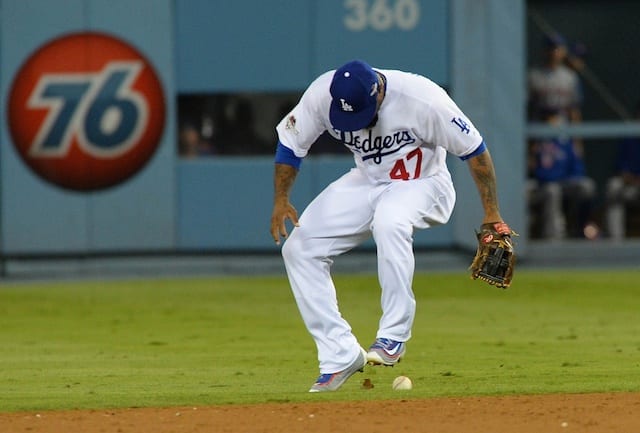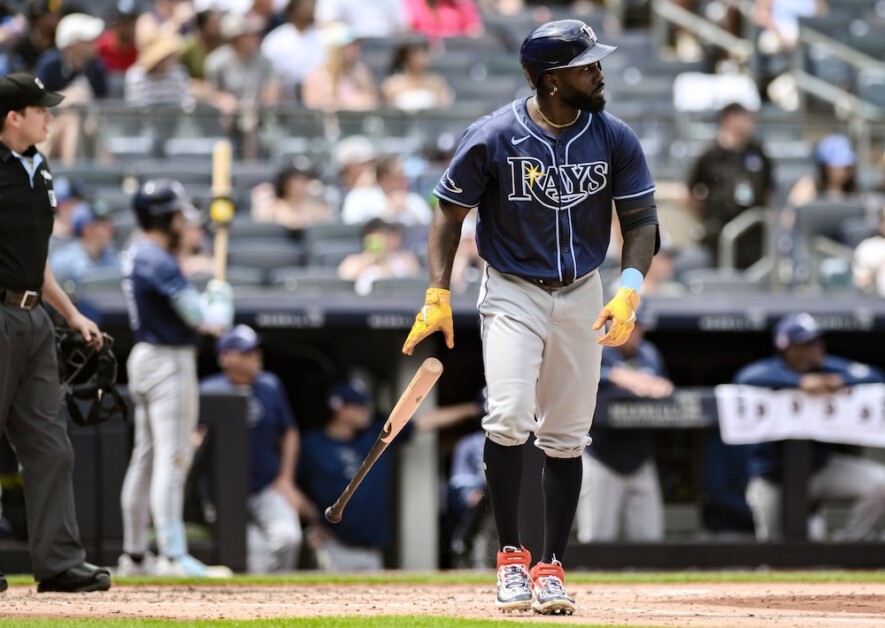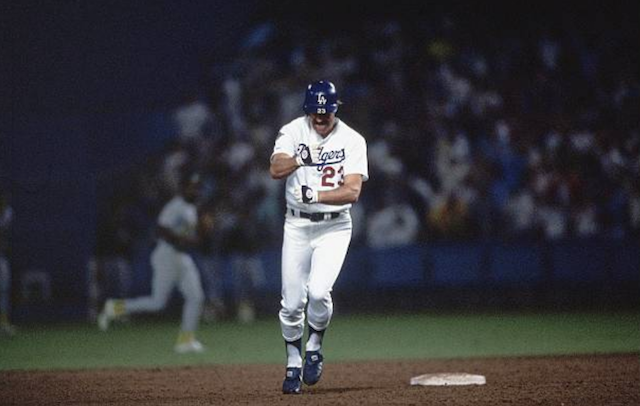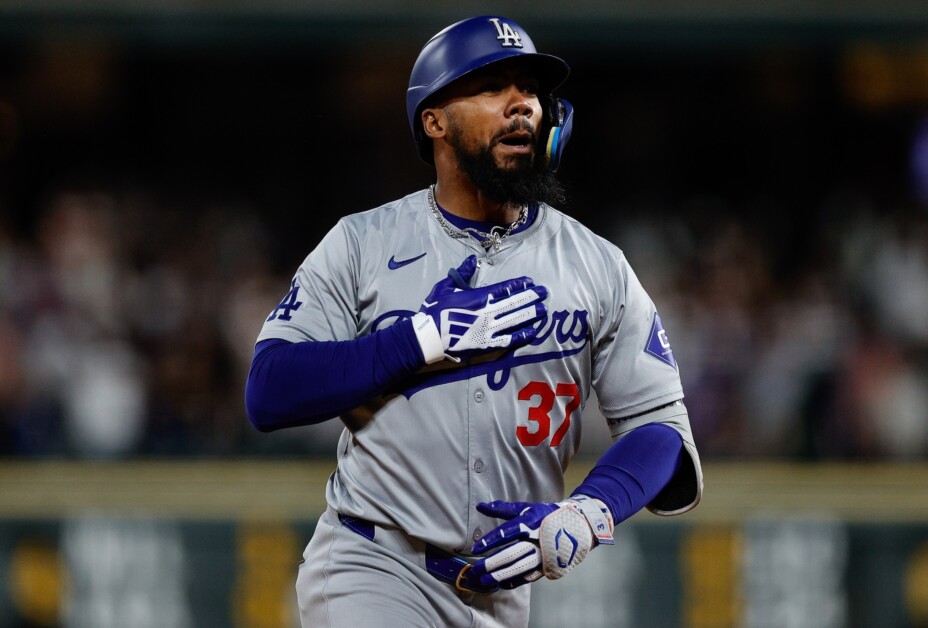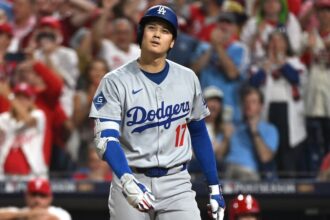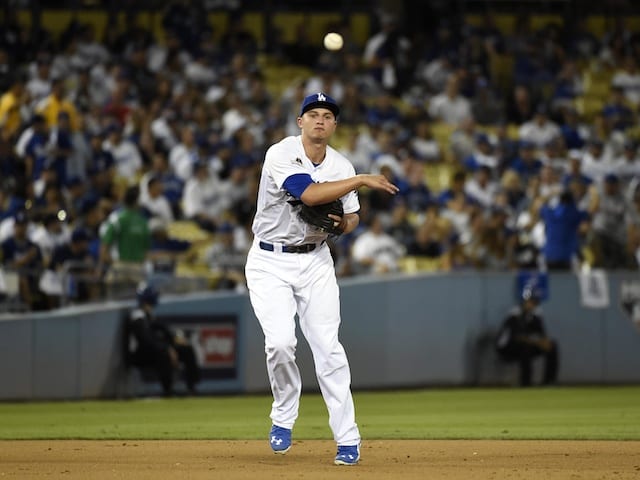
Returners: Austin Barnes, A.J. Ellis, Adrian Gonzalez, Yasmani Grandal, Kiké Hernandez, Jose Peraza, Corey Seager, Ronald Torreyes, Justin Turner
For starters, we can pencil Gonzalez, Grndal and Seager into the starting lineup before going any further (at least for now).
Grandal was by far the best hitting catcher in the league during the first half of the season before a shoulder injury derailed everything.
Grandal’s OPS was .927 prior to the All-Star break and he hit 14 home runs. After the break, however, his OPS plummeted to .498 as he hit just two home runs.
Gonzalez, who, at 33, is coming off his best season as a Dodger. Playing in 156 games, he posted an .830 OPS with 28 home runs — all while playing brilliant defense.
Outside of Gonzalez and Grandal, things get a bit dicey.
Seager will definitely start somewhere for the Dodgers. Likely at shortstop, but possibly at third base.
The question remains how productive he can be as a 21 year old next spring. Yes, he was great in 27 games last season (.986 OPS), but can he maintain that pace over 162 games once pitchers adjust?
Next up is Turner, who hit 16 home runs with an .861 OPS in just 126 games. While everyone is waiting for the former New York Mets castoff to come back to earth, Turner has been consistently great for two straight seasons.
If we’re confident in sliding those four into the regular lineup, that leaves just second base open; or third base if Turner is moved to second, which isn’t completely out of the question.
Is the solution at second base already on the 40-man roster? If yes, the two most likely candidates are Hernandez and Peraza.
Hernandez, the super utility man, played 20 games at second base last season (one of four positions at which he played at least 15 games).
The problem with Hernandez appears to be twofold: first, putting him permanently at second limits roster flexibility, and secondly, his numbers seem to indicate he’s best used in a platoon role.
In 78 at-bats against lefties, Hernandez posted a 1.215 OPS with four home runs. Against righties, however, the OPS dropped to .593 in 124 at-bats.
That leaves us with Peraza, the highly rated prospect acquired from the Braves in the trade for Hector Olivera and Juan Uribe.
Peraza, who is three days younger than Seager, was rated as the Braves’ top prospect at the time of the trade, and entered 2015 as a top-25 prospect in all of baseball according to ESPN’s Keith Law.
Known mostly for his speed (210 steals in 461 career games across Minors), Peraza also projects as a plus-defender at second.
That certainly could further his cause given the front office’s defensive mindset. Peraza reminds a lot of Dee Gordon — just with a higher ceiling defensively.
With all that said, are the Dodgers — picked as World Series favorites next season — really ready to push forward with an infield that features two 21 year olds?
My guess is no, which leads us to potential newcomers.
(Note: another interesting storyline to watch is the backup catcher position, where Barnes is clearly a better player than Ellis. Barnes, however, can remain in the Minors if the Dodgers want to keep Ellis on the Major League club.)
Potential newcomers: Daniel Murphy, Howie Kendrick, Ben Zobrist
The three players on this list are ones a team like the Dodgers will always be connected with in rumors — the best available at the position.
While Kendrick isn’t technically a “newcomer,” the Dodgers being interested in extending his tenure with the club won’t come as a surprise if the terms of a new contract are favorable.
The question for me is, would they sign any of the players mentioned above to contracts beyond three years?
If so, then what do you do with Peraza? Trade him? (Not that this is unlikely or even unfavorable, it’s just something to consider).
If the team is looking to “limit” spending in any capacity, it the infield is one area they could easily do that. As opposed to starting pitching, where they desperately need help.



